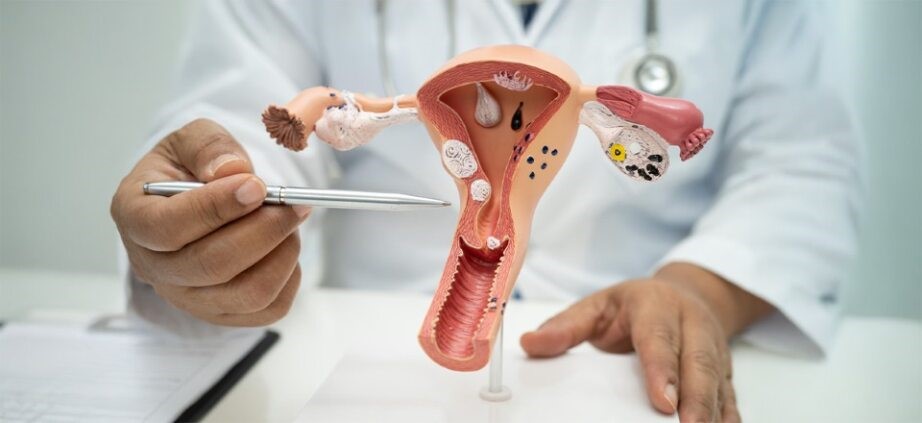Categories 
Latest Blog

The Trusted Destination for Obstetric & Neonatal Excellence
Where Life Begins with Care - Born Too Soon Born Too SmallEvery baby deserves the best possible beginnings, to come into this world with all the colours added to life. But sometimes, life takes an unexpected turn. Some babies a
Read More
Anxiety During Pregnancy: How to manage tips
Why Anxiety Shows Up?Big life change, hormonal shifts, new responsibilities, of course, the mind gets loud. Anxiety During Pregnancy can look like persistent worry, racing thoughts, a tight chest, poor sleep, and sometimes panic-like symptoms. When it lingers for more tha
Read MoreAll blogs

Understanding Low Testosterone: Symptoms, Diagnosis & Treatment
Let’s be blunt: feeling off isn’t a personality flaw; sometimes it’s hormones. If energy has dipped, workouts feel heavier than they should, and motivation went on vacation without notice, it may be time to consider low testosterone symptoms. Not as a verdict, more like
Read More
What is Cervical Polyp: Symptoms of Cervical Polyps
What is a Cervical Polyp?A cervical polyp is a soft, finger-like growth arising from the cervix, the gateway between the uterus and vagina. Most are noncancerous, often discovered during routine pelvic exams or Pap tests, and many cause no symptoms at all. Think of them as uni
Read More
Fever in Pregnancy: Should you be worried
Pregnancy has this reputation for being nine months of glowing skin, and adorable cravings. Reality check? It also comes with bloating, bizarre dreams, and the occasional health wobble that makes you Google at 3 AM. And one of the biggest wobblers? Fever in pregnancy. Now
Read More
Monsoon Diseases in Children: Prevention & Care
“Monsoon Diseases” isn’t a fancy label; it’s a cluster of infections that surge with rain: mosquito-borne illnesses like dengue and malaria, waterborne infections like typhoid and cholera, plus leptospirosis and seasonal viral fevers that love puddles, crowds, and damp
Read More
Why You Should Exercise During Your Period: Top 5 Benefits
When monthly bleeding starts, a lot of people think it’s best to just lie in bed and avoid everything. But experts at BirthRight By Rainbow often say the opposite: a small amount of movement helps the body balance and reduces cramps. Exercise during period isn’t heavy gym
Read More
Bilateral PCOD: Causes and Symptoms
Bilateral PCOD is when both ovaries are filled with small fluid sacs, often called cysts, and they disturb the usual ovulation process. It is not just about the ovaries, but also about hormones running not in balance. At BirthRight By Rainbow, doctors speak often with women wh
Read More
Everything You Need to Know About Menstrual Cups
Periods come every month, and for most women, choosing what to use is always a bit confusing. Pads are everywhere, tampons are also used, but nowadays menstrual cups are slowly becoming the new talk. Doctors at BirthRight By Rainbow say they are safe, yet some women hesitat
Read More
Preserving Fertility During Cervical Cancer Treatment: Options You Can Act On
When you are planning for Cervical Cancer Treatment, two priorities appear at once: remove the cancer, and keep the possibility of a future pregnancy. You need to address both in the same conversation when the plan is being built. The plan must be built early, in order, and wi
Read More
Developmental Delays in Children: All You Need to Know
Children grow up in different ways, but sometimes the growth does not match what doctors usually expect. This is where the phrase “developmental delays in children” is often used. At Rainbow Children’s Hospital, experts say it is not always something to panic, though som
Read More




